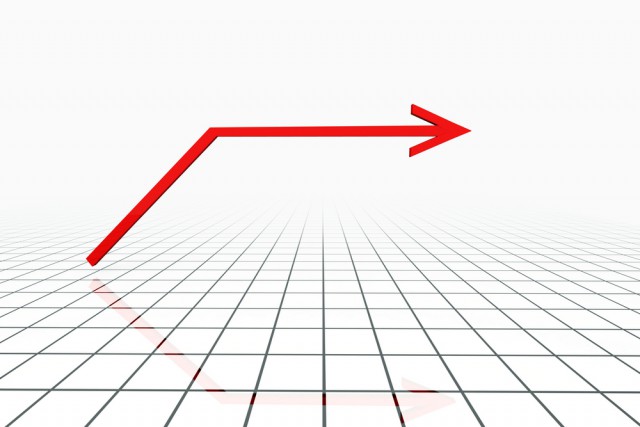Why is smartphone sales growth slowing?

It looks like 2016 will be the first year when smartphone sales will only increase by a single digit. Gartner expects 1.5 million units to be moved by the end of December, which would translate to a seven percent rise over 2015. And things aren't looking much better down the line either.
The difference in sales between 2016 and 2020 is only expected to be 300 million units, which is a sizable increase only if you do not look at the average growth year over year which is a tad over six percent. Question is, why is growth slowing?
The smartphone is the most popular piece of consumer technology today, having a comfortable lead over other devices like desktops, laptops, tablets or smartwatches in terms of unit sales. But, because they have already been embraced by many consumers in mature markets, the market for first-time buyers is rather small.
Gartner says that smartphone penetration has reached the 90 percent mark in markets in North America, Western Europe, mature APAC (Asia - Pacific) region, and Japan, so that would leave only around 10 percent of local buyers without a smartphone.
It is unlikely for everyone to have a smartphone, mainly because these devices are not desired by any and every consumer, so that leaves the group of existing users to support the smartphone market. And here comes a problem.
"In the mature markets, premium phone users are extending life cycles to 2.5 years, which is not going to change drastically over the next five years", says Gartner research director Roberta Cozza. "[Most owners] are happy to hold onto their phone for two years or longer than before. They do so especially as the technology updates have become incremental rather than exponential".
Gartner finds that users in emerging markets also tend to hold on to their smartphones for a long period of time, between 2.2 and 2.5 years. But there is a market where there are still many consumers who have yet to buy their first smartphone, and that is India.
"India has the highest growth potential", says Gartner research director Annette Zimmermann. "Sales of feature phones totaled 167 million units in 2015, 61 percent of total mobile phone sales in India". That potential stems from the decreasing average selling price, which translates to more attractive prices for local buyers.
As a result, this year smartphone sales in India will grow to 139 million units, a figure that is 29.5 percent higher than last year, with about 50 percent of those being sold at sub-$120 prices. In case you are wondering, the average selling price for a phone in India is below $70.
But what about China? It is the biggest smartphone market after all. "In this saturated yet highly competitive smartphone market, there is little growth expected in China in the next five years", says Zimmermann. "Sales of smartphones in China represented 95 percent of total mobile phone sales in 2015. Similar to India, falling ASPs for smartphones will make them more affordable for users".
The vendor landscape is expected to change as more companies join the smartphone market. "In such a fluid vendor landscape, some will exit the market while newcomers, including mobile manufacturers or internet service providers from China and India, could make their debut", explains Zimmerman. "Chinese internet companies are increasingly investing in mobile device hardware development, platforms and distribution as they aim to grow their user bases and increase user loyalty and engagement".
Do not think of the slowing growth as a sign that the smartphone is reaching its peak, as this market is huge both in terms of the revenue it generates through direct sales and indirect sales. And, even though Gartner's prediction seems realistic, lots of things can change in the coming years.
Photo Credit: Ka Wah Keneth Cheung/Shutterstock